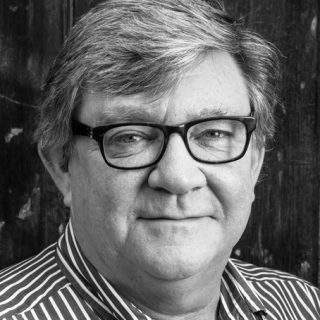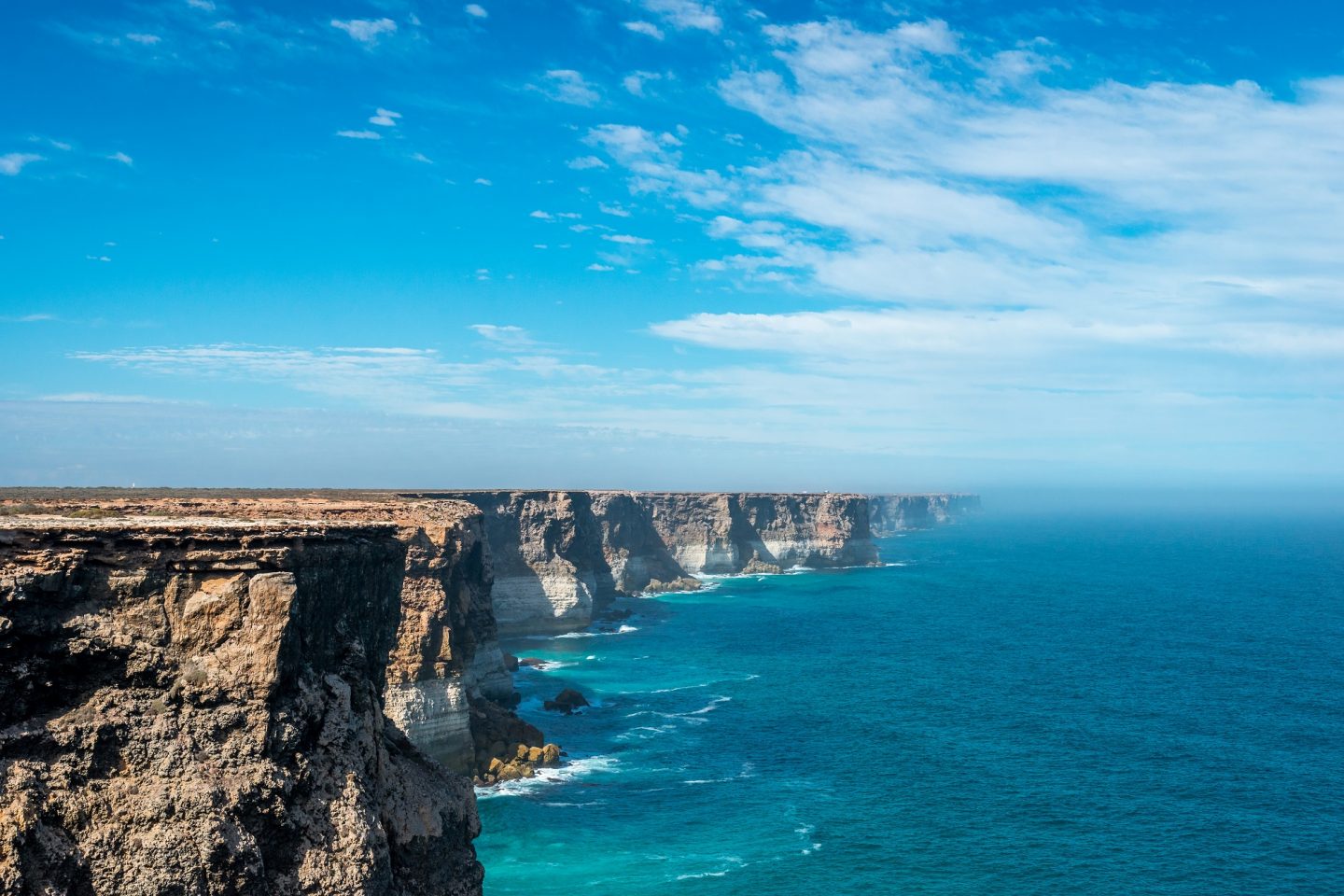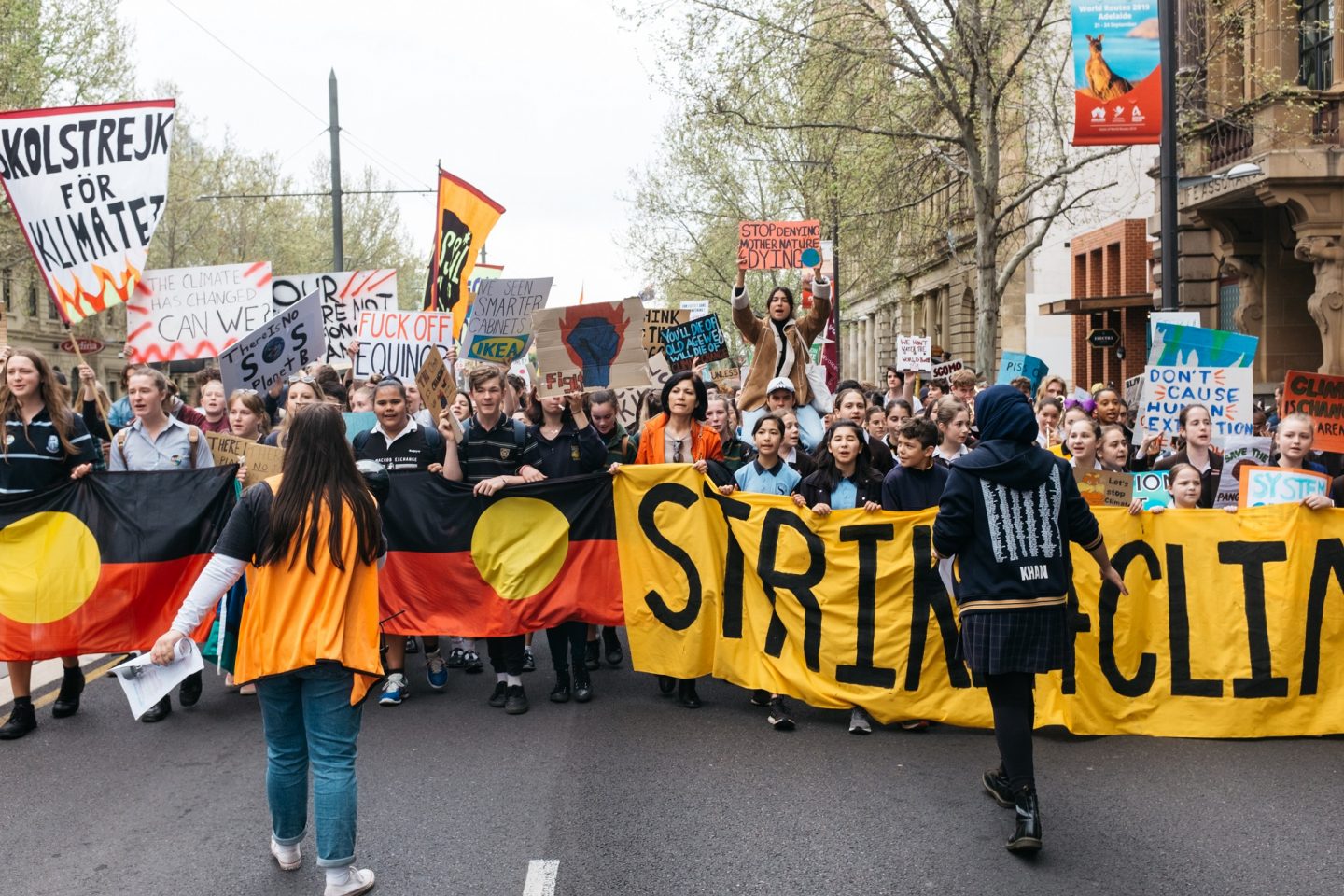
Bill Condie
Bill Condie has been a journalist for more than 30 years, working as a writer and editor in Europe, Asia and Australia for newspapers including The Guardian, The Observer and The Times. He is a former publisher of Cosmos magazine.

Campaigners against drilling for oil and gas in the Great Australian Bight are jubilant, having seen off Equinor, the latest oil company to put the project in the too-hard basket. But between the environmental impact, community opposition and sheer complexity of the project, the odds were always stacked against it.
“It’s clear that drilling the Bight is not a sensible proposition,” said Peter Owen, the South Australian director of the Wilderness Society, who was due in the Federal Court in March in an action against the approval of Equinor’s Stromlo-1 well by the federal regulator, National Offshore Petroleum Safety and Environmental Management Authority (NOPSEMA).
Today’s announcement that the company would abandon its controversial project as “not commercially competitive” compared with other exploration opportunities makes it the fourth major oil company to decide the huge challenges of the project were just too great to make any project viable.
When you consider the scale of the task involved, combined with oil market jitters on the back of an 11 per cent drop in oil exports by global leader Saudi Arabia last year, it is not hard to see why.
Drilling slap-bang in the middle of the Bight – 476 kilometres west of Port Lincoln and 400 kilometres southwest of Ceduna – Stromlo-1 well would have taken a familiar operational path.
That begins with a Mobile Offshore Drilling Unit, held in place by eight massive thruster propellers controlled by gyroscopes reacting to GPS signals and data from transponders placed on the seabed.
Engineers then guide the drill string through 2240 meters of water to the seabed where it slopes away from the continental shelf.
In the case of Stromlo-1, that would still have been less than halfway to its target – with drilling using progressively narrower and narrower casings destined to travel a further 2700 meters beneath the seabed.
That’s challenging even by the gargantuan scale of existing projects.
To put it in perspective, BP’s ill-fated Deepwater Horizon well in its Macondo Prospect in the Gulf of Mexico was just 66 kilometres off the coast of Louisiana, at a water depth of only 1500 metres.
“They are extremely difficult drilling conditions both in terms of depth and of the environment,” says Sheik Rahman, a professor in Petroleum Engineering at UNSW in Sydney who, after graduating from Strathclyde University, cut his teeth in the industry during the heyday of North Sea exploration.
“It was always going to be tough.”
The irony is that Equinor, then known as Statoil, has already been part of a consortium with BP that in October 2016 dumped plans to drill in the Bight. The reason? Better prospects elsewhere given the engineering challenges and vocal opposition, the same as Equinor’s conclusions.

If anything good has come out of these rolling explorations and withdrawals it is the unprecedented knowledge we have gained of the complex and unique ecosystems of the region through the Great Australian Bight Research Program, which ran from 2013 to 2017.
The four-year, $20 million social, environmental and economic study brought together multi-disciplinary research teams comprising more than 100 scientists and technical staff and was a collaborative program involving BP (Equinor’s previous partner in oil exploration in the region), the CSIRO, the South Australian Research and Development Institute (SARDI), the University of Adelaide,
In the words of the report it generated, the research program “transformed the deep ecosystems of the Great Australian Bight from one of Australia’s least studied environments to one of the most well-known” and formed the knowledge base on which Equinor relied for its environmental protection plan.
It found that more than 85 per cent of known species in the region are found nowhere else in the world.
The Bight provides critical habitats and migration pathways for iconic species and apex predators such as Australian sea lions, white sharks and pygmy blue whales. It contains Australia’s largest and most valuable stocks of fish in the open sea, especially Australian sardine and southern bluefin tuna, as well as important coastal fisheries.
But the study also noted that the Bight could be one of the world’s most high-potential areas for oil and gas, if one of the most under-explored regions in the world. Equinor’s latest decision should meet it stays that way, says Owen.
“Opening up a new high-risk frontier oil field when we are hurtling towards catastrophic climate change is madness. We are now calling on the Australian Government to listen to the people and permanently protect the unique waters of the Great Australian Bight from drilling for good,” he said.
Ironically, the dubious economic value of the venture has always been one of the arguments it has used against drilling. That, set against the risk of environmental devastation from oil and gas drilling makes a permanent ban on operations in a region a no-brainer.
At the forefront of concerns has always been an oil spill, which could do untold damage not just to the Bight but but across southern Australia.
From an engineering perspective, the critical infrastructure safeguarding against that is construction of the wellhead – the structure stabilising the steel-lined top hole of the well, which goes down some 100 metres and is sealed into place with cement. This is topped by a blowout preventer (BOP) – a 400-tonne mechanical valve through which the drill pipe passes and seals the bore if necessary.
The failure of just a similar concrete casing and BOP was the central cause of the Deepwater Horizon disaster that resulted in an explosion and oil spill that killed 11 crew members and took 87 days to get under control.
But Equinor has always said that the risk of a major oil spill for Stromlo-1 is extremely low.
“Major oil spills are extremely rare,” it noted in its environmental plan. “In approximately 59,000 offshore wells drilled around the world since 1980, there have been two major oil spill incidents – the Macondo spill in the Gulf of Mexico in 2010 and the Montara spill in the Timor Sea in 2009.
“Our experience in drilling in deep offshore waters and in very rough seas, coupled with several additional safety barriers including sound well design and the use of technology will enable us to drill the well safely.”
Professor Rahman, who took part in the enquiry into the causes of the Montana spill, offers a cautionary note.
“Certainly the technology of oil exploration is very advanced, very sophisticated,” he says. “But because we are human beings, there is always the chance for mistakes to be made.”
Opponents have also been wary of statistics. They say one spill, no matter how unlikely, would be so unimaginably catastrophic as to make the risk unacceptable.
“The Bight carries massive risks because it is so remote, so rough, so deep and right in the middle of the Great Australian Bight Marine Park,” says Owen. “Deepwater Horizon, by comparison, was in the middle of one of the most established industrial precincts on the planet and it still took them three months to shut that down.”
No one is disputing a spill would be a disaster of biblical proportions.
Equinor’s own modelling showed the potential to affect a vast area from Albany in Western Australia to Port Macquarie in NSW, although it is at pains to qualify this as not representative of the area a single spill would affect but the combination of 100 different extremely unlikely worst-case scenarios.
Nevertheless a “worst credible case discharge” scenario of between 4.3 million barrels and 7.9 million could deliver more than 10 grams of oil per square metre on some of Australia’s most famous beaches, and devastate South Australian fisheries and tourism putting at least 9000 jobs at risk, quite apart from the impact on wildlife.

With little physical infrastructure nearby to respond to any oil spill, perhaps the gravest risk is posed by the remote geographic location itself. Should the BOP fail, the next weapon in the arsenal would be a capping stack – a 100-tonne device that is mounted over a leaking wellhead. The nearest available is in Singapore and would take up to 15 days to arrive in the Bight. If that doesn’t work, the next step would be to drill a relief well, but a second rig would take up to 88 days to arrive from the North West Shelf – one day longer than the time it took to get Deepwater Horizon under control.
While an oil spill is the nightmare scenario, many scientists are concerned about smaller impacts from drilling even if nothing goes wrong, with noise a major culprit. And a lot of that damage would be done through the geophysical surveys that take place long before drilling even begins.
The surveys capture images of the geology up to 10 kilometres below the seabed. Surveys with the biggest impact on wildlife are carried out using air guns which generate sound in the frequency range of 10 to 8000 Hertz.
“So it’s a big impulse,” says Associate Professor Robert McCauley of Curtin University, who has studied the effect of this noise through experiments with plankton, scallops, lobster, squid, fish, sea turtles and humpback whales.
“To generate that impulse they use a metal tube filled with high pressure air equivalent to 2000 PSI – scuba type pressures – instantly released into the water. The air rushes out and that outrush of air produces a positive impulse.”
A typical grid might be made up of 40 air gun tubes, five to 10 meters below the surface over 20 square metres. These operate along a line firing a pulse every 10 to 20 seconds – or even down to five or six seconds in some instances.
“They’ll just go bang, bang, bang, and they’ll do that for an entire seismic survey line, which could be upwards of 50 or 60 kilometres,” says McCauley.
But it is not the sound itself that is of such concern, but the way it is generated. The outgoing air from the gun produces a positive impulse as the air comes out. But in addition to the downward energy, there is also a reflection off the sea surface. The soundwaves from that bounce downwards, travelling just a few milliseconds after the primary pulse as a negative impulse.
“So you get a massive positive increase, and then a massive drop to a negative pressure – and this is where the damage accrues, because it produces a jerk to a small animal,” says McCauley.
“If you imagine a bubble being hit. If you just got hit by the positive pressure, the bubble would compress and most bubbles – and tissues can compress quite well. But then if you then get hit by a negative pressure, they can quite literally explode.
“And similar things happen with body tissues, they get hammered. They get driven one way and then rapidly driven the other way.”
If the one-two punch impulses don’t kill small animals such as squid, lobster and fish outright, they can destroy their sensory systems, which increases mortality in the longer term.
And while larger animals, such as whales, may be unaffected by the impulses themselves there are less direct and longer-term effects that could make their mark.
“We did experiments with plankton and got some startling results that looked like the smaller plankton were killed out to a kilometre from a single airgun,” says McCauley.
“This has been quite contentious, but I’ll stand by it. And we’re hoping to do some more of that work in the next month. And that’s a worrying thing because if you don’t have plankton, you don’t have anything else.”
With such negatives stacked against it, the risk of a catastrophic oil spill, and the huge investment required to search for oil in such difficult conditions in a market where pressure on the price of oil appears to be on a downward trend, some have wondered why Equinor is bothering at all and doesn’t follow other companies, such as its former partner BP, to the exits, especially in the face of such widespread opposition.
“Recent polling shows that the majority of Australians and over 70 per cent of South Australians oppose drilling in the Bight,” says Owen.
“There are fossil fuel precincts already in the country, such as the North West Shelf. So why would you be pushing to expand the industry into a pristine marine wilderness?”
For now, it seems, we have an answer.

Bill Condie has been a journalist for more than 30 years, working as a writer and editor in Europe, Asia and Australia for newspapers including The Guardian, The Observer and The Times. He is a former publisher of Cosmos magazine.